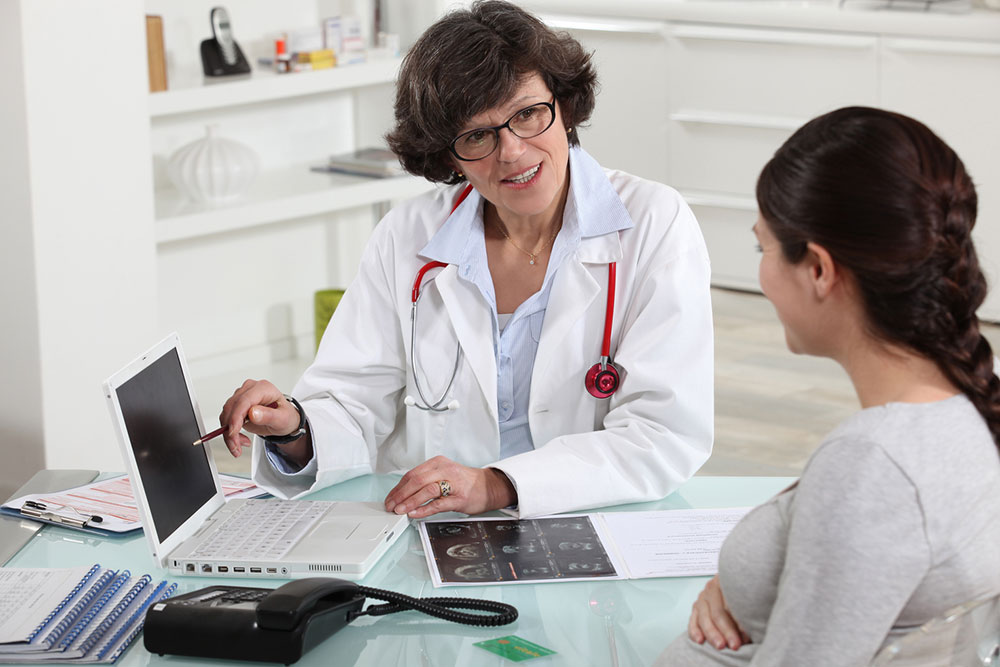Klebsiella Pneumoniae Infection: Causes, Symptoms, and Prevention Tips
This article covers Klebsiella pneumoniae infections, detailing their causes, symptoms, and preventive measures. It emphasizes early detection, hygiene practices, and responsible antibiotic use to prevent serious health complications. Understanding risk factors like hospital stays and device use helps in better infection management and control. The guide offers essential insights for healthcare professionals and individuals to safeguard against this potentially dangerous bacteria.

Klebsiella Pneumoniae Infection: Causes, Symptoms, and Prevention Tips
Klebsiella pneumoniae is a bacteria commonly found in the human gut, primarily in fecal matter. While harmless in the intestines, it can lead to serious infections if it spreads to the lungs, urinary tract, or other areas. Early awareness of symptoms and causes is essential to avoid complications.
Causes and Risk Factors
This bacteria does not naturally spread through the air but transmits via direct contact. Risks increase with factors such as:
Hospital stays or healthcare environments
Use of urinary catheters
Cancer treatments or diagnosis
Underlying health issues like vascular or kidney problems
Transmission usually occurs through contaminated medical equipment or contact with infected individuals. In healthcare settings, up to 12% of infections are linked to ventilator use. Personal transmission involves touching contaminated surfaces or wounds.
Signs and Symptoms
Symptoms depend on infection location:
Pneumonia: Cough, chest discomfort, bloody mucus, fever, chills, difficulty breathing.
Urinary Tract Infections: Burning sensation during urination, lower pelvic pain, frequent or scant urination, cloudy or bloody urine, fever, and back pain. Kidney infections may cause nausea, vomiting, or upper back pain.
Skin Infections: Redness, swelling, pain, fever, and skin ulcers, typically after wounds or surgeries.
Meningitis: Sudden headache, neck stiffness, high fever, confusion, nausea, light sensitivity, and seizures.
Liver Abscess: Upper right abdominal discomfort, fever, nausea, and diarrhea.
Bloodstream Infections: Fever, chills, shaking—signs of bacteria entering the bloodstream.
Early detection of these symptoms is crucial for effective treatment.
Treatment and Prevention Strategies
Antibiotics remain the main treatment; however, resistant strains may need alternative therapies. Diagnostic tests help determine the most effective antibiotics. Completing the full course is vital to prevent recurrence.
Preventive Actions
Maintaining good hygiene is vital. Frequent handwashing after bathroom use, before meals, wound care, or touching the face reduces transmission. Avoid contact with contaminated surfaces and consult healthcare providers if symptoms emerge. Regular health checks are recommended, especially for those at higher risk.


